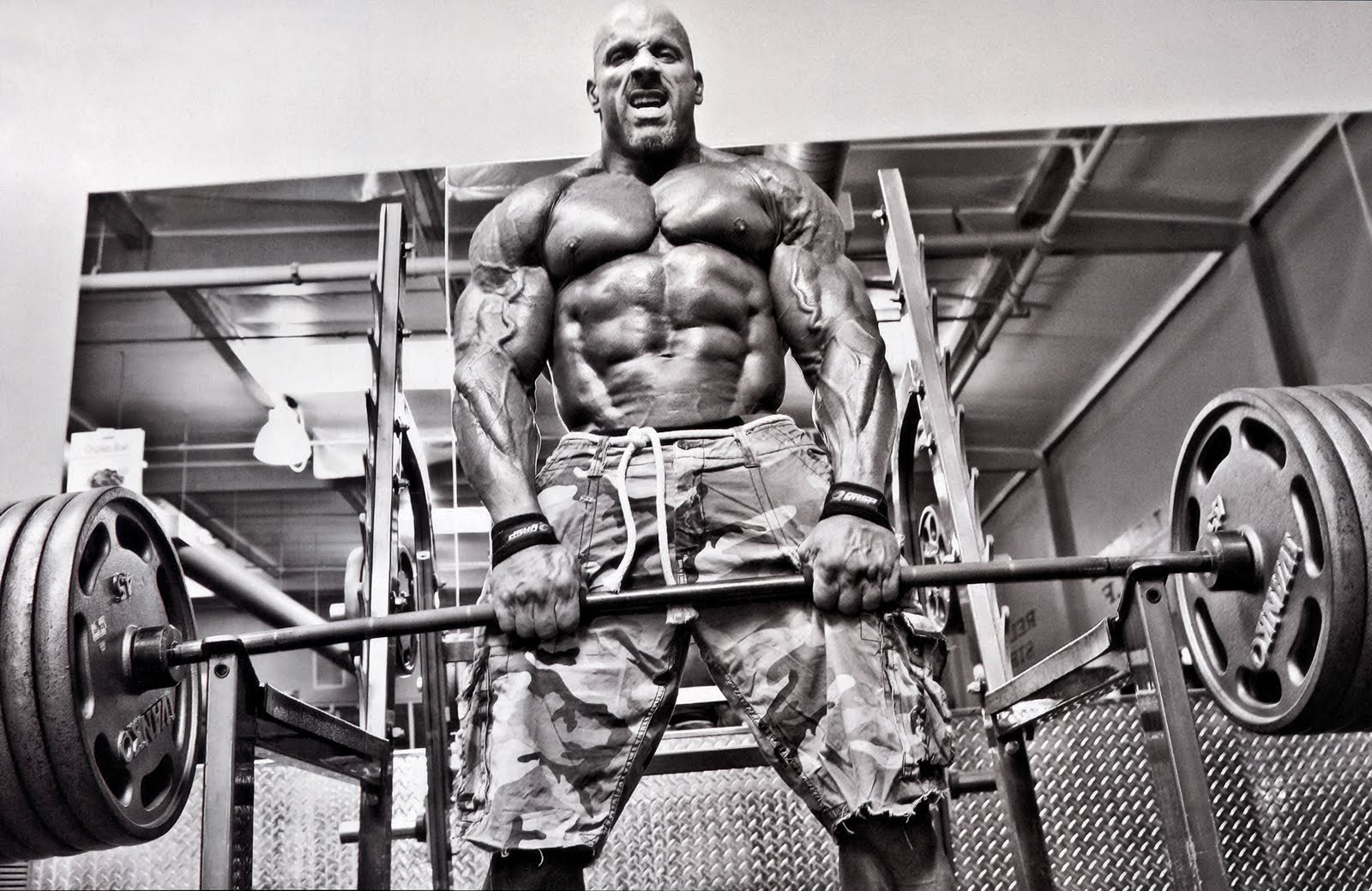Progressive overload is when the workload for a training session progressively increases as the athlete adapts to training. This increase in workload is usually done to maintain the same intensity of training after the adaptations have occurred.
For aerobic training progressive overload requires that the workload is increased. This increase can come with an increase in speed or duration of the training. If an athlete has been training for soccer by doing a 80% HRM treadmill run at 20 incline, at 16Km/h for 45 min 4 times a week, then the athlete will adapt to this training and eventually it will become easier for them and then decreases to 75% HRM. This requires an adjustment in training so that training is still at 80% HRM and still producing a stress that can cause further adaptation, this is termed progressive overload. Progressive overload could be done by: increasing the incline, increasing the speed or the duration could be increased, though the duration will not increase the stress on the body very much.
For resistance training progressive overload requires that the workload is increased. This increase can come as an increase in resistance, reps, or sets. Alternatively the rest period between sets can be reduced. So if an athlete is training for rugby league by doing 3 sets lifting 110Kg, which is their 12RM with a 2 min rest between sets, this training will produce an adaptation in the athlete so that they can now bench 100Kg 16 times and so it is no longer their 12RM, but their 16RM. The athlete will no longer adapt, unless the principle of progressive overload is used changing the load in order to place a sufficient stress upon the body to cause further adaptations. This increase in workload could be done by getting the athlete to complete 5 sets (though this is time consuming), increasing the weight to 120Kg, which might be his new 12RM, or decreasing the rest period to 1 minute between sets. The best way to use progressive overload in resistance training is to increase the resistance by increasing the weight; this results in improvements in strength, as well as developing recovery times and muscular endurance.

